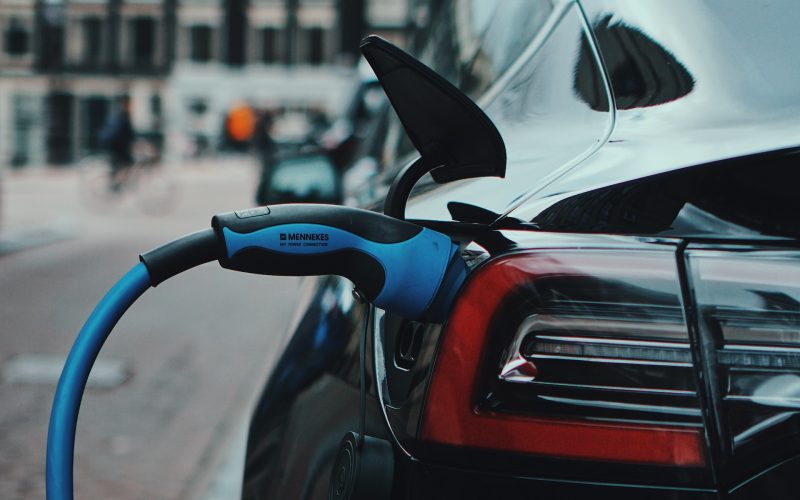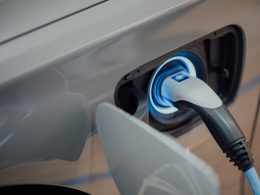Introduction
The European Union (EU) has experienced a significant surge in electric vehicle (EV) sales, marking a remarkable milestone in the transition towards sustainable transportation. This surge, driven by a combination of factors, including government subsidies and growing environmental awareness, has propelled the EU towards a greener and more sustainable future. In this article, we will explore the key factors behind the EU’s notable 71% increase in EV sales and its implications for the automotive industry and the environment.
The Power of Subsidies
One of the primary driving forces behind the surge in EV sales within the EU has been the introduction of generous government subsidies. Recognizing the need to incentivize consumers to embrace electric vehicles, many EU member states have implemented financial incentives to make EVs more accessible and affordable. These subsidies typically include purchase grants, tax incentives, and reduced charging costs, effectively lowering the financial barrier for potential buyers. As a result, more consumers are opting for electric vehicles, leading to a significant increase in EV sales across the EU.
Environmental Awareness and Sustainability
Beyond the financial incentives, growing environmental awareness and concerns about climate change have played a pivotal role in driving the adoption of electric vehicles. The EU has been actively working towards reducing carbon emissions and meeting ambitious climate targets. Electric vehicles, with their zero tailpipe emissions, offer a cleaner and greener alternative to conventional internal combustion engine vehicles. The increasing understanding of the environmental impact of fossil fuel-powered vehicles has motivated individuals and businesses to embrace EVs as a sustainable transportation option.
Expanding Charging Infrastructure
Another factor contributing to the surge in EV sales is the expansion of charging infrastructure throughout the EU. As more charging stations become available, range anxiety, a common concern among potential EV buyers, diminishes. The EU has been investing in the development of a comprehensive charging network, including public charging stations, workplace charging, and home charging solutions. The improved accessibility and convenience of charging infrastructure have further boosted consumer confidence in choosing electric vehicles, fueling the sales growth.
Technological Advancements and Model Availability
The rapid advancement of EV technology, coupled with the expanding range of electric vehicle models, has also played a significant role in the increased adoption of EVs within the EU. Major automotive manufacturers have been actively investing in electric vehicle development, introducing new models with improved range, performance, and charging capabilities. The wider availability of EV models across various segments, including sedans, SUVs, and hatchbacks, has provided consumers with more choices, catering to their diverse preferences and needs.
Economic Benefits and Job Creation
The rise in EV sales within the EU has not only contributed to a greener environment but also resulted in notable economic benefits. The increased demand for electric vehicles has created job opportunities within the automotive industry, particularly in manufacturing, research and development, and the charging infrastructure sector. This growth in employment highlights the positive impact of the electric vehicle market on the overall economy.
Looking Ahead: Future Opportunities and Challenges
While the EU’s remarkable 71% increase in EV sales is a significant achievement, several challenges remain on the path to widespread electric vehicle adoption. These challenges include the need for further expansion and standardization of charging infrastructure, ensuring a seamless charging experience across different regions and countries. Additionally, continued investment in research and development is crucial to enhance battery technology, increase vehicle range, and reduce costs to make electric vehicles even more competitive with their fossil fuel counterparts.
Conclusion
The EU’s exceptional 71% increase in electric vehicle sales is a testament to the successful implementation of government subsidies, growing environmental consciousness, expanding charging infrastructure, and technological advancements. This surge represents a significant step towards a sustainable and carbon-neutral transportation system. As the EU continues to prioritize the transition to electric vehicles, the automotive industry, governments, and consumers must collaborate to address challenges and seize the opportunities that lie ahead. By accelerating the adoption of electric vehicles, the EU can pave the way for a greener future, reducing carbon emissions and creating a cleaner environment for generations to come.












